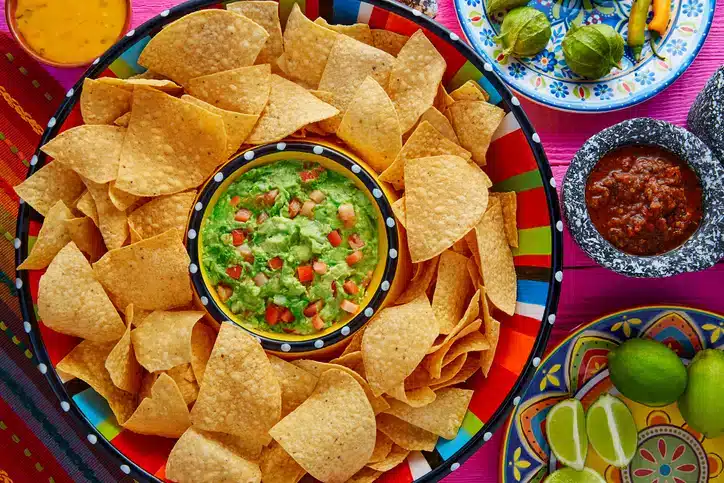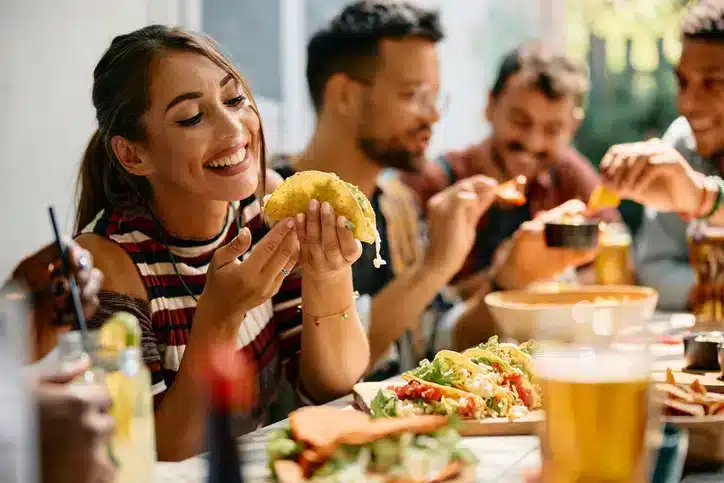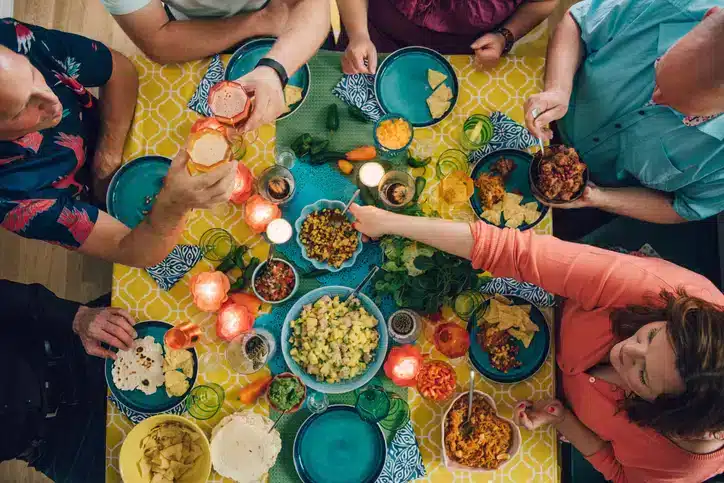turn your catering event into a fiesta
Best Catering Near Ferndale, CA
Esmeralda’s 2.0 is Ferndale Ca go to
for all Mexican Catering events
01
Fiesta Catering in Ferndale, CA.
At Esmeralda’s 2.0, we take pride in offering exceptional catering services in Ferndale, CA, for events of all sizes. Our menu is packed with authentic Mexican favorites, from tacos and enchiladas to crowd-pleasing quesabirria, each dish bursting with the rich flavors of our heritage. We’re also here to make your event planning easier! Our friendly team is happy to help with portion sizing and provide personalized recommendations to ensure your event is perfectly suited to your needs.
02
Catering Delivered Straight to Ferndale CA
Esmeralda’s 2.0 proudly offers exceptional catering delivery services throughout Ferndale, CA, and the surrounding areas of Humboldt County. Whether you’re hosting an office lunch, birthday celebration, wedding reception, or corporate event, we bring delicious, authentic Mexican cuisine directly to your venue. With flexible menu options, reliable service, and a commitment to making your event unforgettable, Esmeralda’s 2.0 is your trusted catering partner. Let us handle the food so you can focus on creating memories—order today and experience the best catering in Ferndale CA!
Exceptional catering service! This company goes above and beyond to meet their customers’ needs. I couldn’t be happier with the results.
03
Ferndale CA’s Top Catering Package Deals
Looking for affordable catering in Ferndale, CA? Esmeralda’s 2.0 offers exceptional catering packages, delivering top-quality food at unbeatable value. Book your catering in Ferndale today!
04
Reserve Your Catering Event in Ferndale CA Today
Hosting an event in Ferndale, CA? Booking is easy! Contact us online or call to plan your menu and details. Reserve your catering date in Ferndale today!
MORE CATERING AREAS WE SERVICE IN HUMBOLDT COUNTY
Frequently Asked Questions
Lets start Planning your next fiesta
Lets taco about catering
for your next event
SAVOR THE SAVINGS
MORE WAYS TO ENJOY ESMERALDAS 2.0
Not hosting an event? Visit us for our famous one dollar tacos — the best cheap tacos in Humboldt County! Our $1 taco specials and street tacos near me are perfect for lunch or dinner.
Feeding the family at home? Try our family meal deals for incredible value. Don't miss Taco Tuesday deals and fast Mexican food delivery in Eureka or Mexican food delivery in Arcata!





